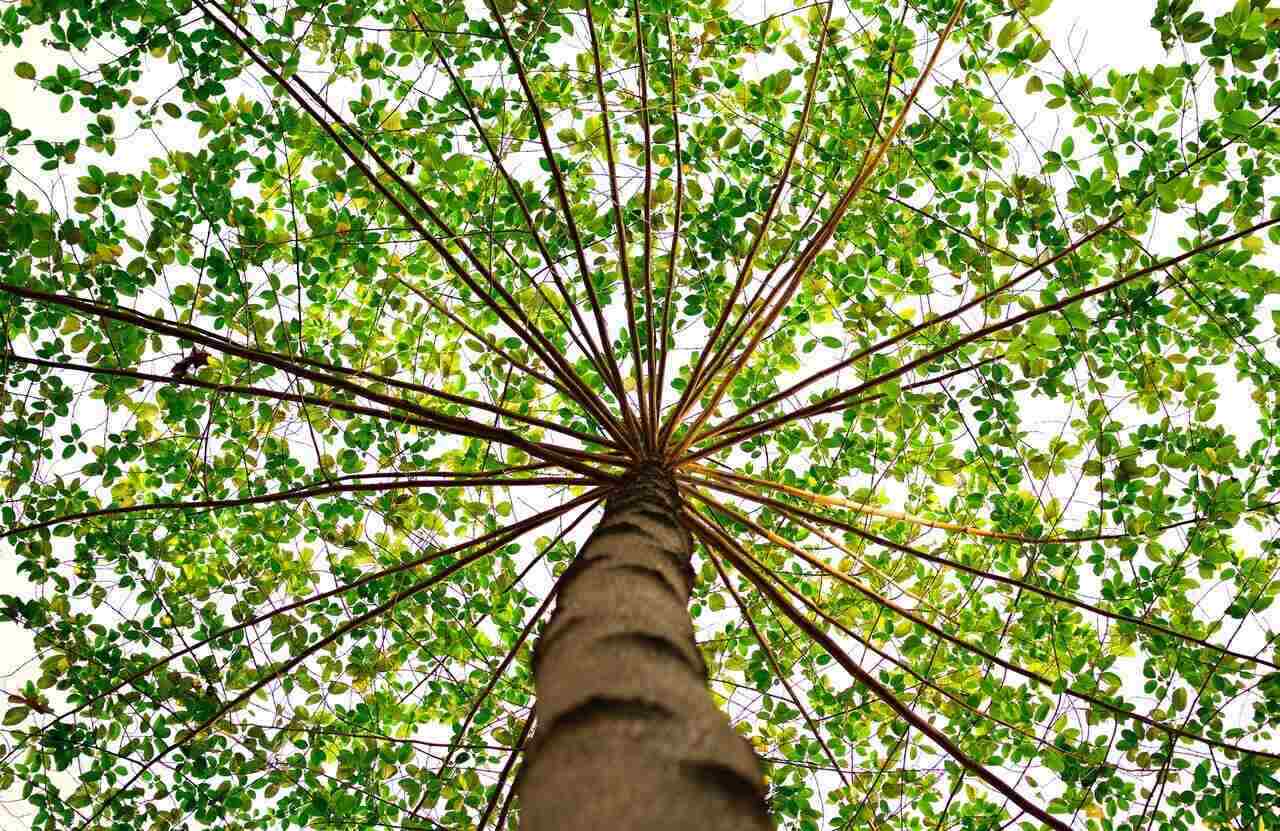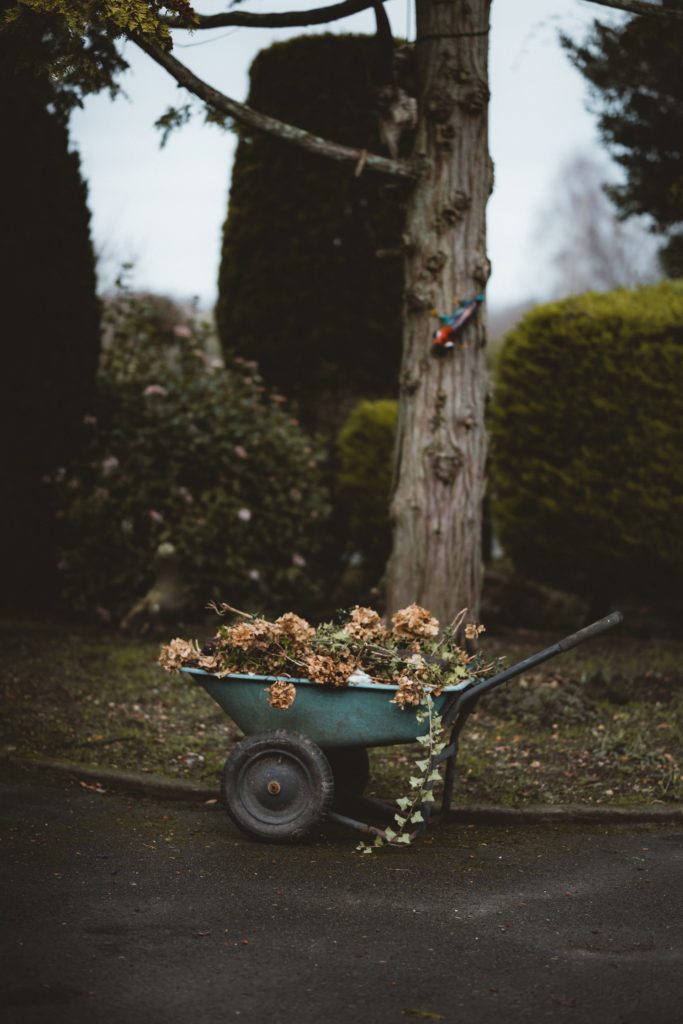
As a property owner, you’ve probably experienced that moment during a storm where you look upon the trees and just cross your fingers nothing comes barreling down from the sky. You breathe a sigh of relief only after the storm has passed and you’ve had a chance to walk the property and see for yourself that everything is okay.
The only way to alleviate the fear of a wayward branch is through proper tree care. Being watchful for disease and unhealthy branches, and pruning appropriately, is the best way to be sure your yard is filled with safe, healthy, and beautiful trees. Here are some things to look for, and tips on the best times to prune.
Prevent Issues
Overgrowth
If you can’t see through the branches, the tree has become too dense. This excessive growth becomes hazardous during storms and high winds because the limbs are too heavy.
Unusual shape
Trees and bushes will never be perfectly symmetrical, but if you look across your yard and notice something just seems odd, it’s probably time for a trim. Uneven growth causes poor weight distribution, which can quickly lead to property damage.
Crossing branches
Tree branches should not cross and rest on each other. This unhealthy growth will lead to decay and death of the affected branches, which will in turn impact the entire plant.
Stay Safe
Broken branches
It is important to remove branches that are splintering or bowing. This can happen over time due to weight or a result of strong storms and wind. These limbs will eventually fall, potentially causing damage or harm.
Dead limbs
Branches that are no longer producing foliage should be removed for similar reasons. Being dead, such branches are likely to fall. It’s also best for the rest of the plant as it can focus its nutrients on the living parts that remain.
Power lines
Trees or other growths encroaching powerlines need to be trimmed quickly. This is absolutely a task best left to the experts. The first step is to contact your power company and discuss the issue with them. Some companies will take care of the pruning themselves; others will direct you to bring in a licensed professional.
Contain Disease
Diseased limbs
Disease usually kills the limbs as it moves inwards to eventually impact the entire plant. Removing these limbs and branches will help maintain the health of the overall tree.
Branches with cracks
Cracks in a tree’s bark typically indicate the presence of a disease or pest. If you notice these changes on branches, pruning will help to contain the disease. Removing unhealthy limbs prevents them from falling unexpectedly.
Cankers
Also referred to as sunken bark, such marks on the trunk may be a sign of disease or decay. This can be caused by environmental conditions, insects, fungus, and even chemicals. Young trees struggle to recover from such infection, but older trees might be salvageable. In dry weather, remove as much of the canker as possible and then keep a watchful eye on the tree’s overall health.
Increase Production
Production of fruits and flowers will decrease as a plant grows too large. Proper pruning helps the tree direct nutrients to mature branches, therefore producing larger flowers and fruits.
A foreboding tree will also make it difficult for small plants to thrive. Roots will compete for resources, and the tree’s branches and foliage will limit the amount of sun reaching lower-growing plants. Trimming trees will ensure that air, sun, and water can reach smaller plants below.
When To Prune:
Hold off when it’s wet
If there’s been lots of rain lately, or if morning dew is still appearing, it’s best to wait to pick up the clippers. These conditions can increase the spread of disease because microbe growth is stimulated by damp weather.
Hold off during fall
When trees and bushes are turning colors and filling your yard with beauty, it can be tempting to start pruning. Often this is in an attempt to prolong the color show, but that is actually a terrible idea. Pruning encourages new – and therefore vulnerable – growth. With winter coming, encouraging new growth will weaken the tree’s overall health. Fall is also the time that fungi spreads most rapidly, and disturbances may spread illnesses to other nearby plants.
Get to work in winter or spring
Pruning is best done when plants are dormant and leaves are gone. These conditions make it easier for you to really see what you’re doing, and the dormant state of the plant reduces trauma and disease spread. You can also prune most plants in the spring, once the flowering is finished. Consider calling a local landscape professional to help you prune your trees.
Main Photo Credit: Lerkrat Tangsri / Pexels
